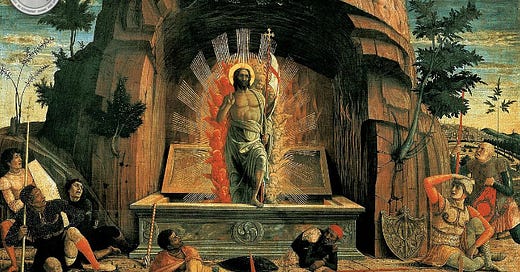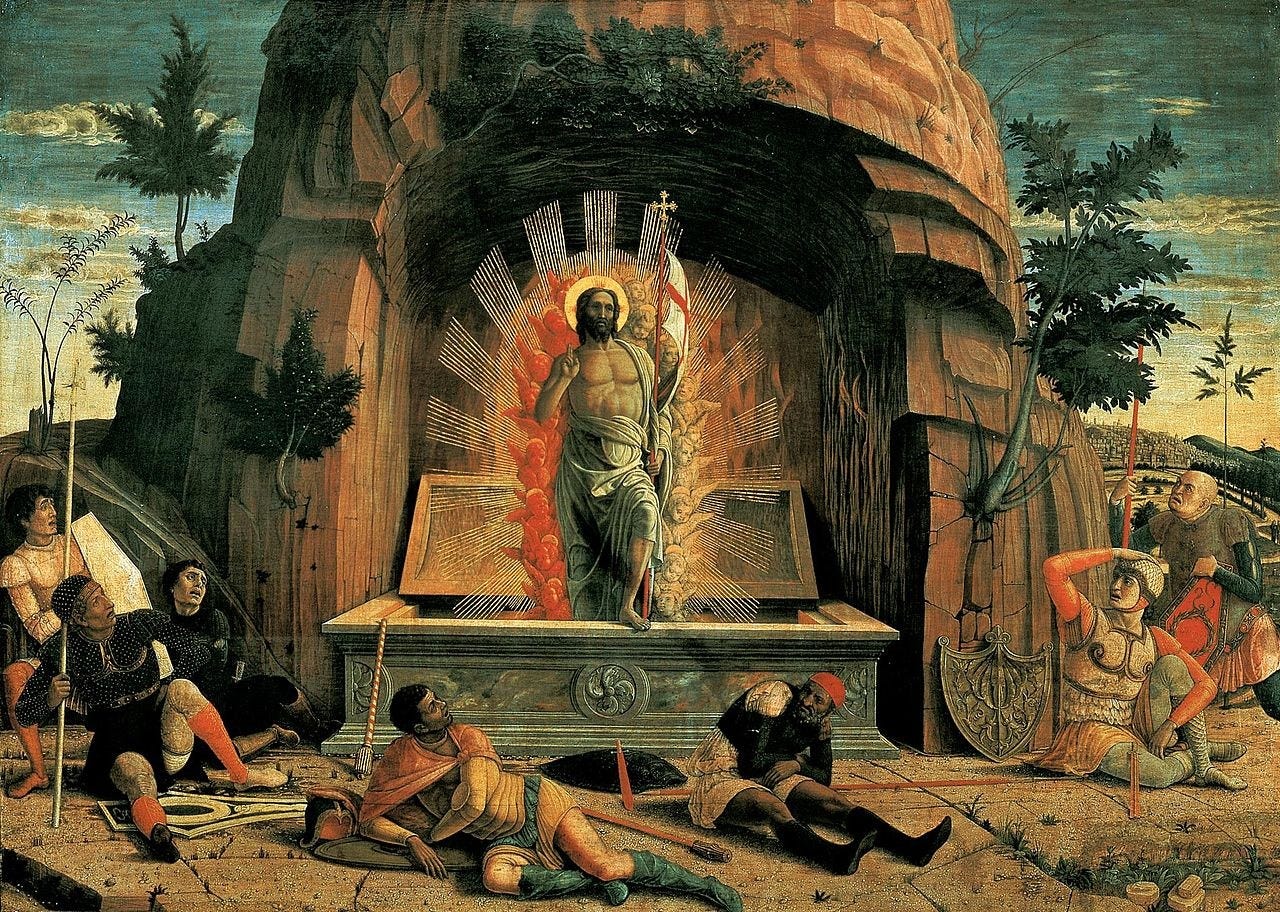Atomic Layer of the Day:
Today is Easter – a time of renewal, hope, and the symbolic passage from winter into spring.
In Christianity, Easter is the most important liturgical holiday, commemorating the resurrection of Jesus Christ. It symbolizes the triumph of life over death, good over evil, light over darkness. For many people – even those who are less religious – it’s a time of spiritual renewal and reflection, as well as the beginning of the spring season, tied to the rebirth of nature and new beginnings.
The 3D printing industry has been in a period of deep turbulence for some time now. Bankruptcies, layoffs, disappointed investors – all of it has led many to ask: are we still seeing progress, or is this the beginning of a decline?
In that sense, Easter may reflect what the industry needs most: a breakthrough moment, a “resurrection” – a symbolic return to the right path. But this isn’t about quick wins. It’s about a shift in mindset: a return to real foundations, an honest assessment of market needs, and a renewed focus on building value step by step, without falling for marketing illusions.
Let’s not forget – spring never begins spectacularly. Things don’t bloom all at once. First, there’s mud, melting snow, and a cold wind. The same goes for the transformation of the 3D printing industry: messy, uncertain, but full of potential. If we read this moment right, the future could be better – not by returning to old narratives, but by building new, more resilient models.
And that’s exactly what I wish for all of us, from the bottom of my heart.
Atomic Layer from the Past:
04-20-2021: Zmorph released i500 – a large-format FFF 3D printer.
News & Gossip:
No news or gossip today. Today is a day for celebration and rest!
At the same time, a few words about the painting featured in today’s newsletter:
It depicts The Resurrection by Andrea Mantegna, painted around 1459. This is one of the key works of Italian Renaissance art, originally part of a larger altarpiece (a so-called polyptych), created for the Abbey of San Zeno in Verona. The retable was commissioned in 1456 by Gregorio Correra, the commendatory abbot of the monastery.
In The Resurrection, Mantegna captures the moment Christ rises from the tomb.
The painting was the central panel of the retable – the most important part of the altar composition. Two other surviving fragments of the triptych are now housed separately. One of them, The Agony in the Garden, is also displayed in the same museum as The Resurrection.
During the French Revolution, the retable was dismantled and taken out of Italy. Today, its pieces are scattered across several European collections – including the Louvre, where The Resurrection can be seen.





